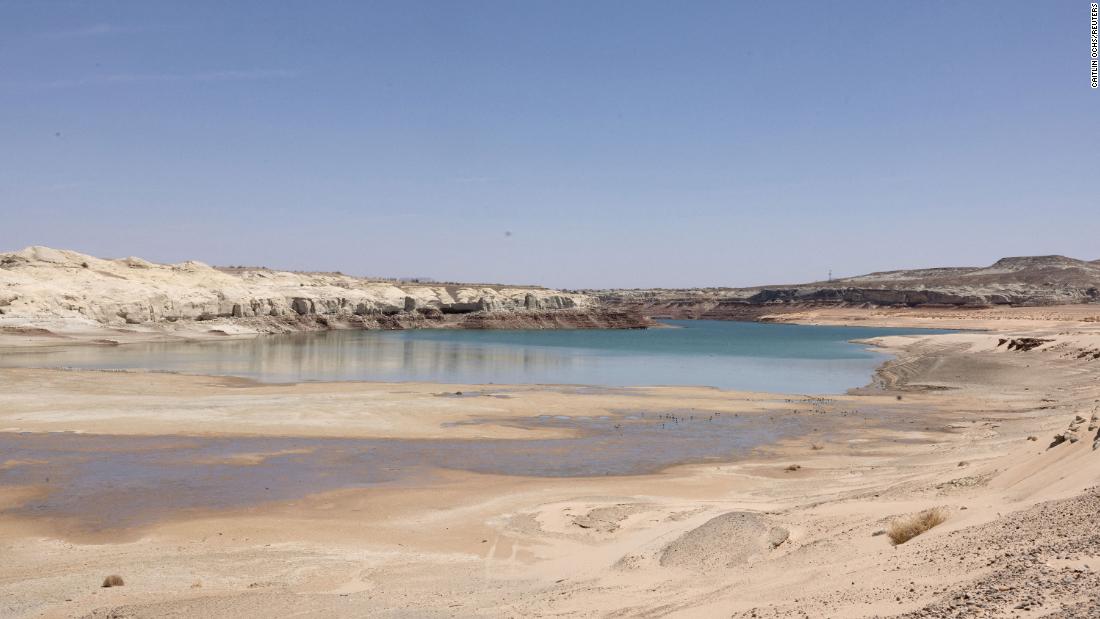
More than 98% of the Southwest is in drought this week, according to the monitor, which noted that reservoir storage levels were below-normal in all Western states except for Washington.
In California, which is entirely in drought conditions, two of the state’s largest reservoirs — Shasta Lake and Lake Oroville — are at “critically low levels,” according to the monitor.
“This is a crisis. This is unprecedented,” said Adel Hagekhalil, general manager of the Metropolitan Water District of Southern California. “We have never done anything like this before and because we haven’t seen this situation happen like this before, we don’t have enough water to meet normal demands for the six million people living in the State Water Project dependent areas.”
The drought-fueled water crisis isn’t limited to California. In the Rio Grande Basin, the Elephant Butte Reservoir in New Mexico is roughly 13% full. In the Colorado River Basin, Lake Powell was at 24% of capacity, while Lake Mead was at 31%, according to US Bureau of Reclamation.
Drought-fueled wildfires
“In California and the Southwest, conditions were dry during the past week with strong winds observed across the region,” according to the US Drought Monitor. “The windy, dry conditions exacerbated fire-weather conditions in Arizona and New Mexico where several large early-season wildfires are currently impacting the region.”
New Mexico saw the largest increase in the two worst categories of drought, extreme and exceptional, adding more than 14,000 square miles, which is about double the size of New Jersey, to the worst designations.
The fires prompted the evacuation of thousands of people, with much of the state under a critical fire threat.
Elsewhere, nearly a quarter of Texas is now in exceptional drought — the most severe category — which is the largest area for the state since 2014. This will likely worsen further over the coming days as Texas is facing an early season heat wave that the state’s power provider, ERCOT, warns will bring strain to the regions power grid.
The drought summary did point some improvements in drought, including across Oregon, which saw reductions in all four drought designations as a result of recent storms.
Scientists say the West’s historic, multi-year drought is a clear sign of how the climate crisis is affecting not only the weather, but also communities’ water supply, food production, electricity generation and livelihoods.
The current conditions is particularly worrisome for many, considering it is only spring season — and summertime heat may worsen conditions. As the planet warms, drought and extreme heat will also fuel deadly wildfires and exacerbate the water crisis.

